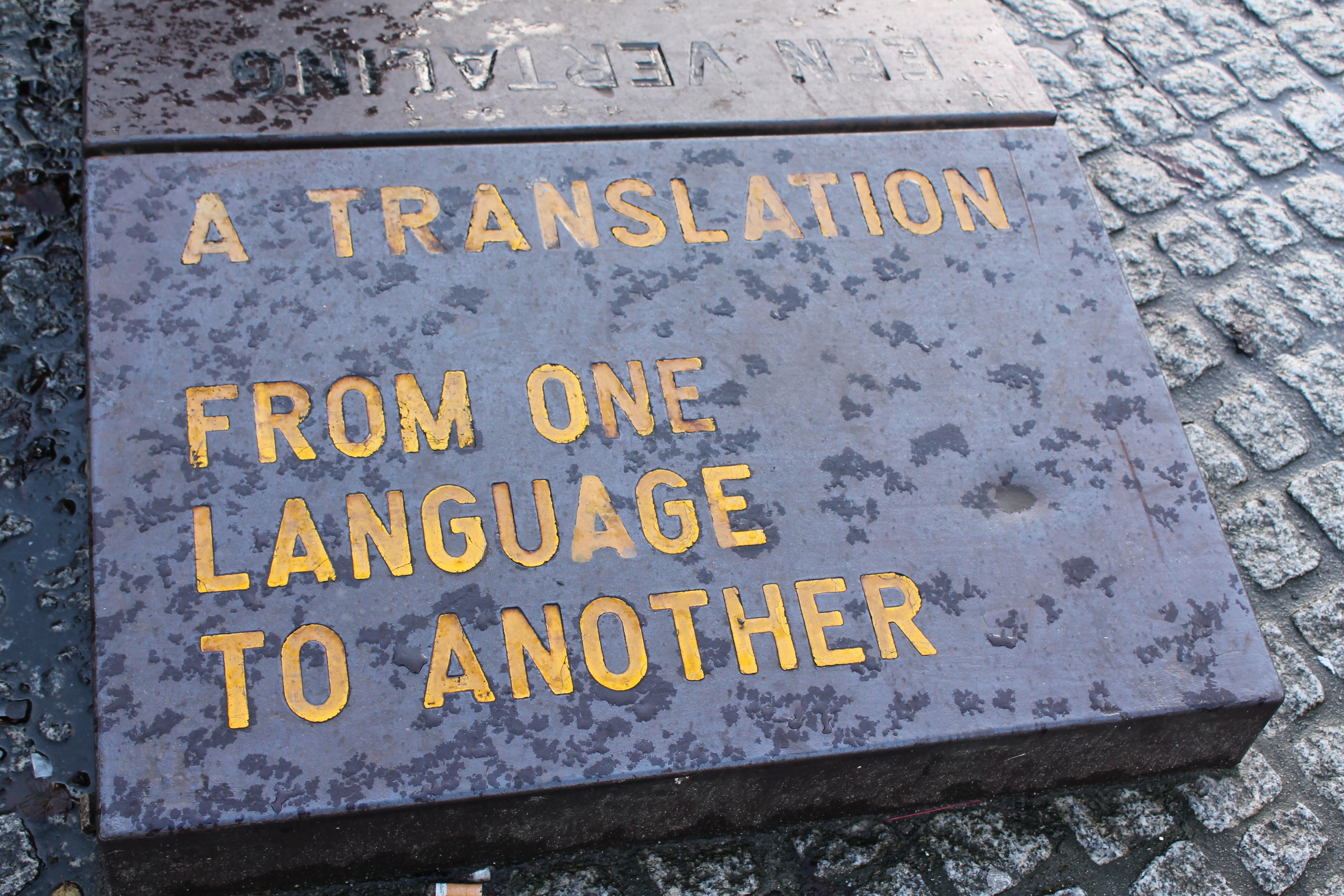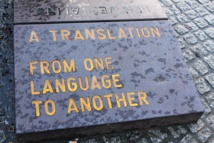In everyday conversations, bilingual speakers often switch between languages mid-sentence with apparent ease, although many studies suggest that language switching may slow down. A new research suggests that switching between languages in the correct moment may allow bilinguals to avoid the costs that come with it, essentially allowing them to use two languages for the price of one.
The research is published in Psychological Science, a journal of the Association for Psychological Science, which summarizes it in a press release.
“Our findings show that if bilinguals switch languages at the right times, they can do it without paying any cost,” says study author Daniel Kleinman of the University of Illinois at Urbana-Champaign. “This goes against both popular belief and scientific wisdom. But our results suggest that multi-tasking may be easier than it seems as long as people switch at the right times.”
Kleinman and Tamar Gollan of the University of California in San Diego speculated that people may show different outcomes in the laboratory than they do in everyday conversations, because lab studies often require bilingual speakers to switch languages when they are told to and at times when those switches are probably inefficient.
If bilinguals were allowed to choose a language for a particular object or concept and then stick with it, the researchers hypothesize, the bilingual speaker may be able to switch between languages without slowing down. In other words, consistently using English to say “dog” and Spanish to say “casa” (house) over the course of a conversation that toggles between two languages could eliminate the costs that come with language-switching.
Across two studies, a total of 171 bilingual university students completed a picture-naming task. The participants, who spoke English and Spanish fluently, were presented a series of black-and-white drawings of objects organised in four separate blocks.
In one block, there were instructed to name each picture with whichever language was easier and to stich with that language each time that picture appeared. In another block, the participants were told which language to use when naming each picture. And in the remaining blocks, the participants had to use only English or Spanish to name the objects.
The results showed that the consistency is key: participants didn’t slow down when switching between pictures as long as they systematically used the same language each time a particular picture appeared.
Their responses times noticeably slowed down, however when they had to followed cues telling them which language to use to name each picture, or if they don’t follow the instructions to be consistent about which language use for each picture.
But the study suggests that bilinguals don’t necessarily use consistency as a strategy. When participants were free to choose which language to use, most of them weren’t consistent. These results show that even experienced language-switchers have room for improvement.
The research is published in Psychological Science, a journal of the Association for Psychological Science, which summarizes it in a press release.
“Our findings show that if bilinguals switch languages at the right times, they can do it without paying any cost,” says study author Daniel Kleinman of the University of Illinois at Urbana-Champaign. “This goes against both popular belief and scientific wisdom. But our results suggest that multi-tasking may be easier than it seems as long as people switch at the right times.”
Kleinman and Tamar Gollan of the University of California in San Diego speculated that people may show different outcomes in the laboratory than they do in everyday conversations, because lab studies often require bilingual speakers to switch languages when they are told to and at times when those switches are probably inefficient.
If bilinguals were allowed to choose a language for a particular object or concept and then stick with it, the researchers hypothesize, the bilingual speaker may be able to switch between languages without slowing down. In other words, consistently using English to say “dog” and Spanish to say “casa” (house) over the course of a conversation that toggles between two languages could eliminate the costs that come with language-switching.
Across two studies, a total of 171 bilingual university students completed a picture-naming task. The participants, who spoke English and Spanish fluently, were presented a series of black-and-white drawings of objects organised in four separate blocks.
In one block, there were instructed to name each picture with whichever language was easier and to stich with that language each time that picture appeared. In another block, the participants were told which language to use when naming each picture. And in the remaining blocks, the participants had to use only English or Spanish to name the objects.
The results showed that the consistency is key: participants didn’t slow down when switching between pictures as long as they systematically used the same language each time a particular picture appeared.
Their responses times noticeably slowed down, however when they had to followed cues telling them which language to use to name each picture, or if they don’t follow the instructions to be consistent about which language use for each picture.
But the study suggests that bilinguals don’t necessarily use consistency as a strategy. When participants were free to choose which language to use, most of them weren’t consistent. These results show that even experienced language-switchers have room for improvement.



 English
English



